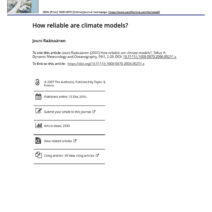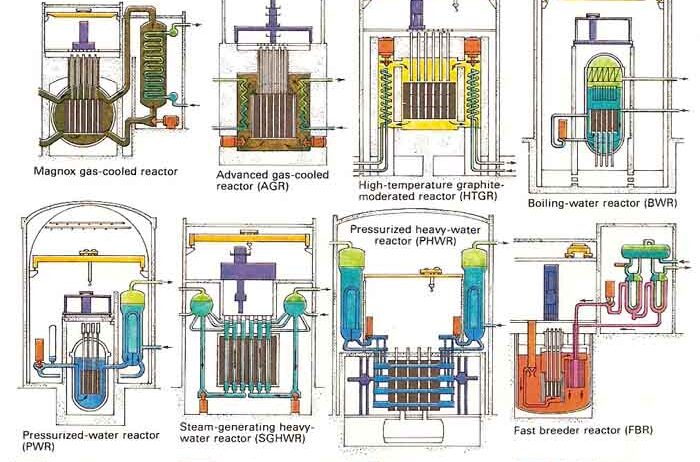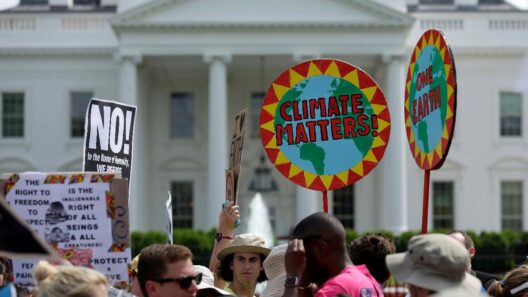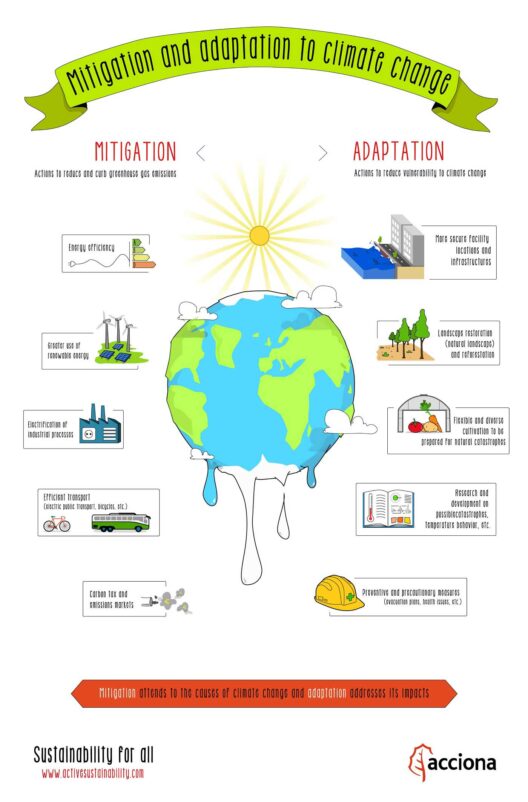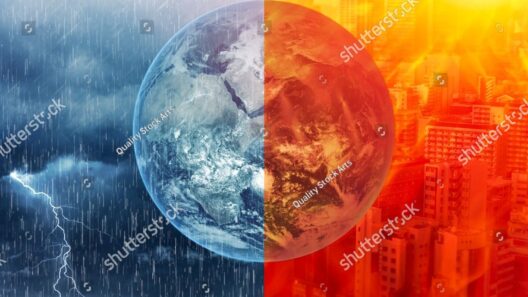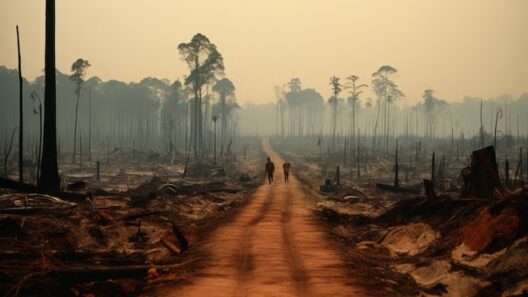In the continuous discourse surrounding climate change, the conversation often gravitates towards renewable energy sources such as wind and solar. However, nuclear energy, often shrouded in controversy, has emerged as a candidate worthy of scrutiny. As we delve into this multifaceted topic, it becomes clear that understanding nuclear energy’s role in global warming is akin to peering through the haze of a smoke-filled room. The visible light defines elements of risk, reward, and reality that merit careful examination.
The notion of nuclear power conjures images of towering reactors, intricate designs, and the shimmering allure of atomic energy. Yet, beyond this façade lies a more nuanced picture. The journey begins with the functioning of a nuclear reactor. In essence, these colossal structures are modern-day alchemists, transforming uranium into energy through the process of fission. When a uranium atom splits, it releases a tremendous amount of heat, which is then converted into electricity. This mechanism operates without the carbon emissions typically associated with fossil fuels, positioning nuclear energy as a potentially pivotal player in the battle against climate change.
As the specter of global warming looms larger with each passing year, the urgent need for substantial reductions in greenhouse gas emissions becomes indubitable. The Intergovernmental Panel on Climate Change (IPCC) advocates for drastic decarbonization by mid-century to avert catastrophic climate scenarios. Nuclear energy, with its ability to generate large volumes of consistent electricity, stands as a potential stalwart in this urgent transition. It operates in the background, providing a steady base load that renewables, like wind and solar, might struggle to match, especially during periods of low production. Fusing these sources of power can create a more resilient and reliable energy grid.
Despite nuclear energy’s potential, it is imperative to approach the topic with a critical lens. The Chernobyl and Fukushima disasters linger in public consciousness, embedding fears of radiation and catastrophic failures into the societal psyche. Nuclear energy presents a dichotomous reality: while it promises low emissions, it also harbors risks that cannot be overlooked. The long-term management of radioactive waste remains a formidable challenge that can elicit anxiety in local communities and complicate policy discussions. Ensuring safety and efficiency in waste disposal is paramount and necessitates innovative solutions.
Yet, these concerns must be balanced against the pressing need for energy solutions that do not exacerbate climate change. As nations scramble to meet international agreements on emissions, nuclear energy emerges not as a silver bullet, but as a compelling option that merits substantial investment and research. Countries such as France have demonstrated that a robust nuclear infrastructure can indeed lead to low national emissions. With about 70% of its electricity generated from nuclear power, France serves as a testament to the potential achievements of a well-regulated nuclear portfolio.
In contrast, the United States, with its existing nuclear fleet, finds itself at a crossroads. Many aging reactors are being decommissioned while newer designs, including small modular reactors (SMRs), are being developed. These innovative reactors promise enhanced safety features and greater efficiency, addressing some of the regulatory and safety concerns that have historically plagued the industry. This transition could form a pivotal chapter in nuclear energy’s narrative, particularly as states grapple with the delicate balance between energy independence and environmental responsibility.
Moreover, the intersection of climate policy and nuclear energy cannot be divorced from economic considerations. Investing in nuclear infrastructure requires significant upfront capital. However, the durability of this investment becomes apparent when viewed through the lens of long-term savings — lower fuel costs and reduced health impacts from air pollution can yield substantial dividends. A comprehensive analysis of energy strategies must encompass not only immediate costs but also the long-term implications for health, environment, and climate.
The unique appeal of nuclear energy lies in its dual capacity: it can generate power with minimal environmental footprint while posing significant risks. It invites us to consider the subtleties of choice in energy landscapes. As the world pivots toward sustainable solutions, addressing nuclear energy’s challenges should be part of the collective strategy. It reveals the broader themes of accountability and stewardship, where societies must reckon with the consequences of their actions, both in the present and in generations to come.
In conclusion, as we navigate the tumultuous waters of climate change, it is essential to engage in informed dialogues about nuclear energy’s role. Embracing its potential to mitigate global warming necessitates rigorous discussions about safety, waste management, policy frameworks, and technological advancements. By doing so, humanity can harness this formidable force, edging closer to a horizon defined not by gloom, but by the promise of a sustainable future. Ultimately, the conversation around nuclear energy transcends the barriers of ideology and fear, urging all stakeholders to seek an amalgamation of innovation and tradition in the quest for a greener planet.

